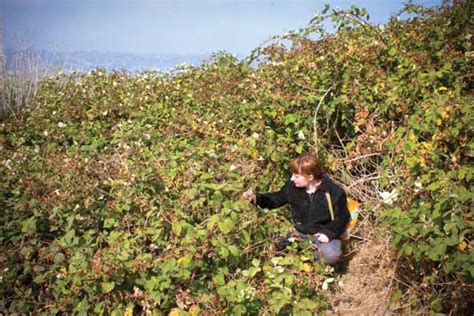
 3
3




 3
3




 2
2




 2
2




"The future is something which everyone reaches at the rate of sixty minutes an hour, whatever he does, whoever he is." C.S. Lewis
"When the whole world is running towards a cliff, he who is running in the opposite direction appears to have lost his mind." C.S. Lewis












Douglas Alpenstock wrote:For those who prefer to avoid plastic in the garden, I wonder if overlapping 12" ceramic tiles would be deep enough. I've read that the runners tend to be shallower than the roots of the mature plant. Tile can be had very cheap/free if you know where to look.
Bethany Ringdal wrote:While we're at it, anyone have any favorite cohorts for raspberry? Or are they too aggressive to be buddies and they just need their own space?
 1
1




Country oriented nerd with primary interests in alternate energy in particular solar. Dabble in gardening, trees, cob, soil building and a host of others.





 1
1





Failure is a stepping stone to success. Failing is not quitting - Stopping trying is 
Never retire every one thinks you have more time to help them - We have never been so busy 




























Failure is a stepping stone to success. Failing is not quitting - Stopping trying is 
Never retire every one thinks you have more time to help them - We have never been so busy 




















Failure is a stepping stone to success. Failing is not quitting - Stopping trying is 
Never retire every one thinks you have more time to help them - We have never been so busy 

 2
2




Matt McSpadden wrote:
I wonder if a raised bed would help? Would the rhizome hit the edge and not know to go down first? That is just a though. I have never done raspberries in a raised bed.
How Permies works: https://permies.com/wiki/34193/permies-works-links-threads
My projects on Skye: The tree field, Growing and landracing, perennial polycultures, "Don't dream it - be it! "
















Douglas Alpenstock wrote:For those who prefer to avoid plastic in the garden, I wonder if overlapping 12" ceramic tiles would be deep enough. I've read that the runners tend to be shallower than the roots of the mature plant. Tile can be had very cheap/free if you know where to look.

|
It means our mission is in jeapordy! Quick, read this tiny ad!
Switching from electric heat to a rocket mass heater reduces your carbon footprint as much as parking 7 cars
http://woodheat.net
|



